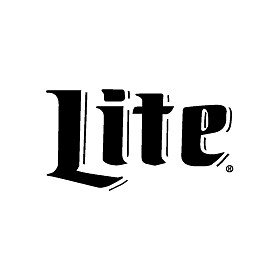Welcome back to another edition of Merely Informational and Incapable Marks.
The above neighborhood Applebee’s is on my usual route to going anywhere from our home, so I’m predicting I’ve passed by well more than 10,000 times.
The temporary “Dining Room Open” signage is a recent addition from a few months ago, when Minnesota restaurants began to re-open their dining rooms.
Over the years, I’ve focused on the more permanent Welcome Back! above-door signage, wondering if Applebee’s ever has attempted to seek federal registration.
Seemed like a great blog topic, for some day, given my distaste for the USPTO’s insatiable appetite for fusing informational refusals with trademark incapability.
Since consumer perception controls trademark capability, favoring a review of the facts and circumstances (instead of incapability rules) makes more sense to me.
Nonetheless, I’ve assumed that the USPTO would reject Welcome Back! for registration, considering it merely informational and incapable as a trademark.
So, today’s the day, not because Applebee’s has sought trademark protection, but because of its Welcome Back commercial that ran much of this past summer.
The commercial focuses on the prominent Welcome Back! signage seared with John Sebastian’s Welcome Back tune, made famous by Welcome Back, Kotter.
Seeing how Applebee’s creatively linked its longstanding Welcome Back! signage and other brand messaging to a nostalgic and feel-good tune from the mid-70s, I thought, just maybe, Welcome Back! finally was added to its menu of marks.
After all, in another context, a creative fusion of branding elements led to Owens-Corning overcoming “well-settled” law against color trademarks, when O-C linked its pink-insulation advertising campaign to the beloved Pink Panther cartoon.
Although Applebee’s has not (yet) sought registration, Welcome Back apparently is on the intent-to-use trademark wish-list of a wholesale seafood distributor, for “take-out restaurant services,” and a few weeks ago registration was refused:
“Registration is refused because the applied-for mark is a slogan or term that does not function as a service mark to indicate the source of applicant’s services and to identify and distinguish them from others . . . . In this case, the applied-for mark is a commonplace term, message, or expression widely used by a variety of sources that merely conveys an ordinary, familiar, well-recognized concept or sentiment . . . . Terms and expressions that merely convey an informational message are not registrable. . . . An applicant may not overcome this refusal by amending the application to seek registration on the Supplemental Register or asserting a claim of acquired distinctiveness under Section 2(f). . . . Nor will submitting a substitute specimen overcome this refusal.”
As predicted, the USPTO found Welcome Back to be merely informational and incapable of performing a trademark function for take-out restaurant services.
While overcoming the incapability refusal may appear an insurmountable climb for the seafood distributor, what if Applebee’s filed and faced a similar refusal?
Would Applebee’s be able to establish favorable evidence of consumer perception of Welcome Back! as a signal of its brand? If so, would the USPTO respect it?






















